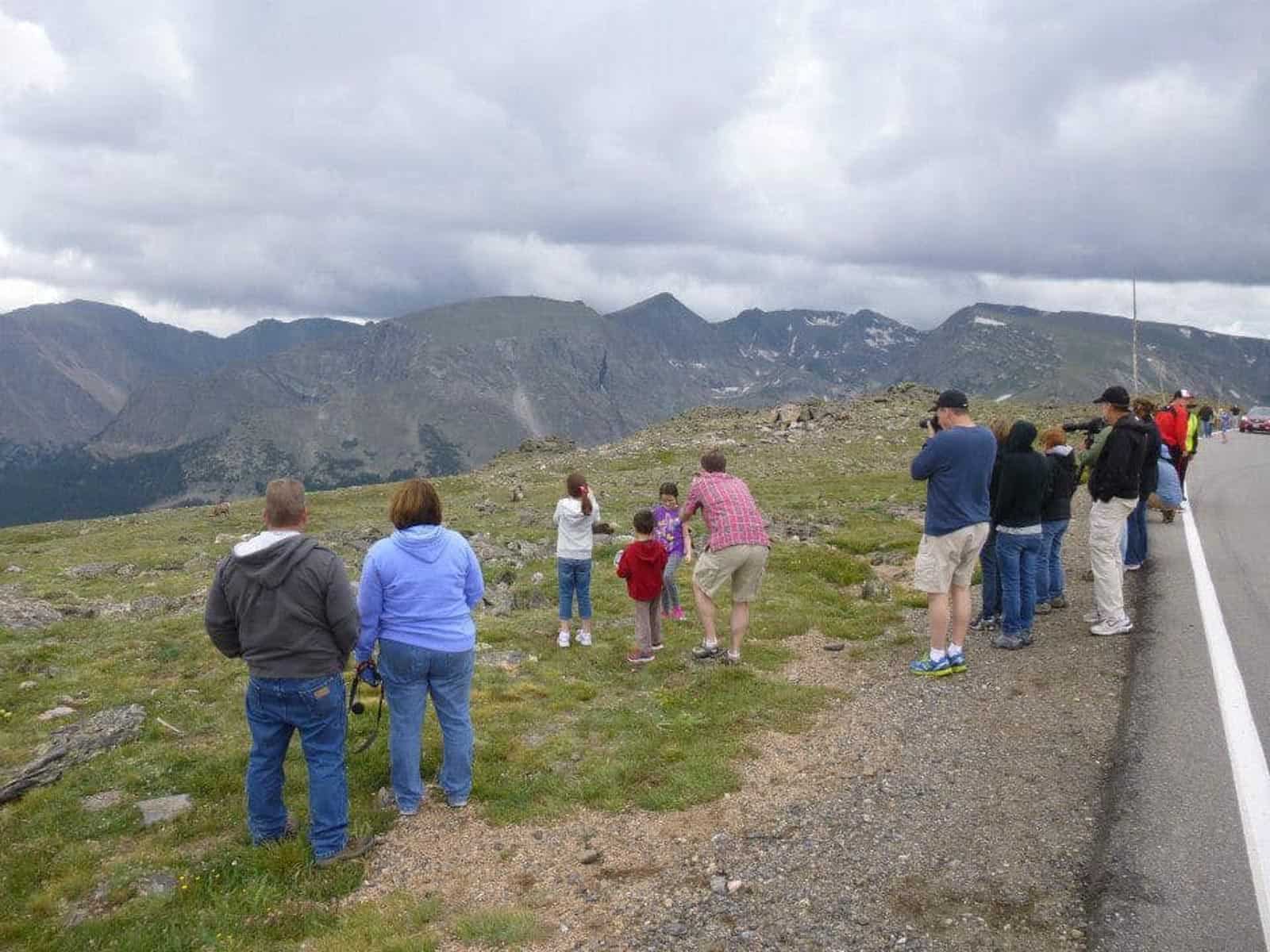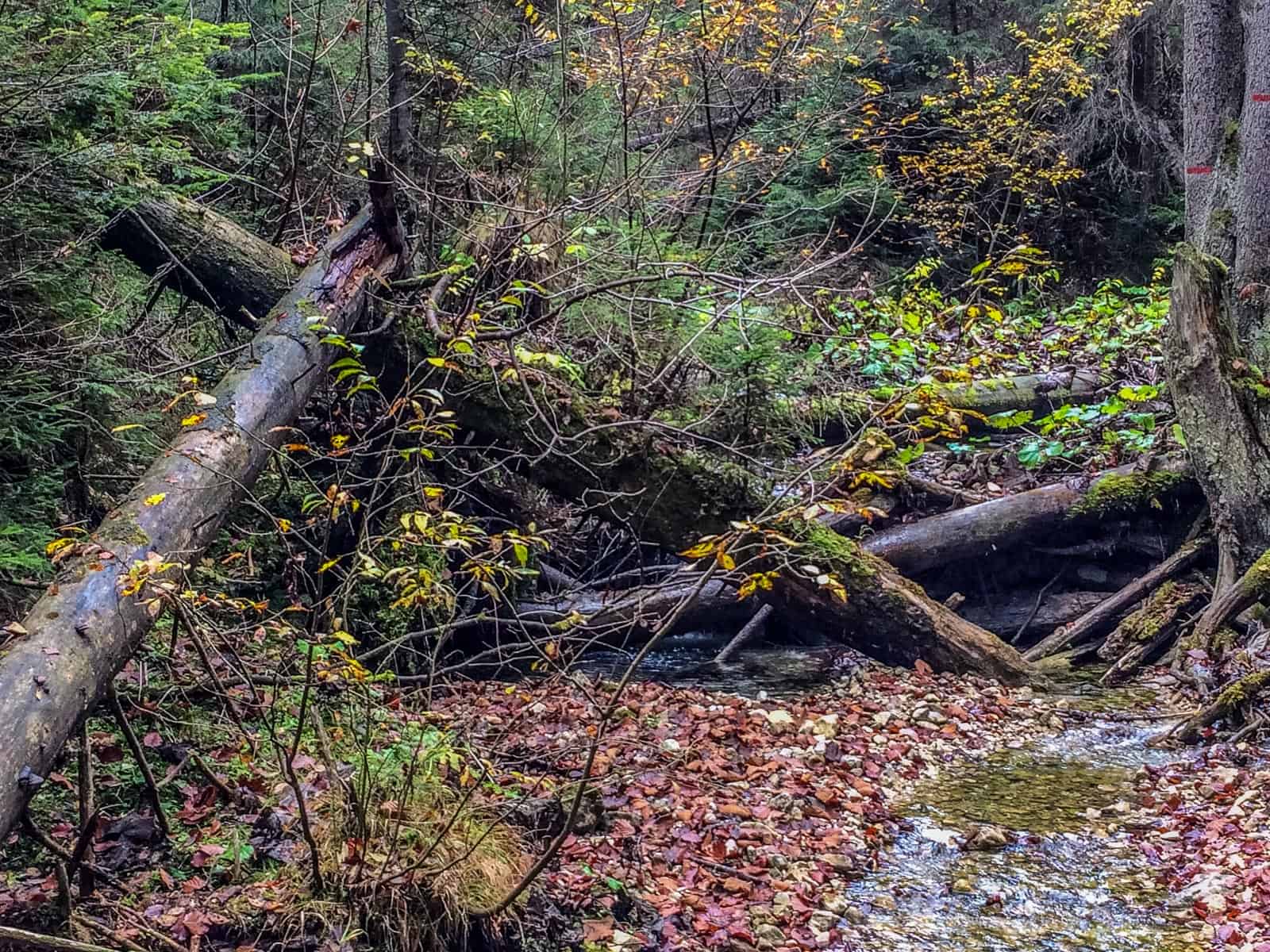How to navigate in the Wilderness
One of the defining features of Wilderness is its distance from human civilisation, and the peace and solitude that can be experienced in the wild. But this can make exploring Wilderness more risky, as it becomes easier to get lost. There are lots of tricks for finding your way and navigating through nature if you’re unsure where you are.
Please also read: European Wilderness Quality Audit is an adventure!
The essentials
Generally when setting out, you should be carrying the ’10 essentials’ with you, as recommended by the Scouts, and you should know how to use them:
- Map and Compass
- Sun protection
- Extra (warm) clothing
- Headlamp/Torch
- First aid supplies
- Firestarter/Matches
- Knife
- Extra food
- Extra water
- Emergency shelter
And of course it’s always a good idea to carry your phone, or another signalling device such as a whistle, with you and let people know where you’re going if you can.
Take photos as you go along, to help you identify and remember key landmarks when you head back to where you started. (Plus it’s nice to have a reminder of your trip in the Wilderness!) As you walk along, make sure you look back every so often, you can admire the view and you’ll be able to recognise what you should be seeing when you walk back. Do not create your own markers on the path as personal reminders – we have a responsibility to treat the Wilderness with respect. We should aim not to disturb the environment, by leaving litter for example, and should be considerate of wildlife and their habitats. This enables future hikers and generations to experience the Wilderness.
But sometimes there’s no phone service, or your equipment breaks, or you don’t recognise any of your surroundings. Then what do you do?
An easy tip to remember is to head downhill, or to follow a stream or river, because these are the most likely ways that you will rediscover civilisation. Downhill is also better for survival conditions – the view may be better if you climb to the top of the tallest mountain to ‘see where you are’, but it’s also colder and more exposed!
How to find north
If the terrain is flat, there are no streams, rivers or phone service, and you don’t know what to do, we have a few tricks to help you find north and begin to find your way. Our tips are for the northern hemisphere so you need to reverse them if you find yourself in the southern hemisphere:
- Look where the moss grows on trees and rocks. It is most likely to face the north where it gets the least sunlight.
- Or look where spiders build their webs. These more commonly face south to get the most sunlight.
- If there are tree stumps close by, you can inspect the tree rings. This is because the growth rings are more widely spaced facing south. Again this is because it is the side that sees the most sunlight!
- Place a stick in the ground and note the end of the shadow. Wait around 30 minutes and note the new location of the shadow end. If you draw a line between these two points you’ve found the east-west line. The shadow pointing over this line is facing north.
- Are you wearing a watch? Hold your wrist out horizontally and point the hour hand towards the sun – the north-south line runs halfway between 12 and the hour hand. (If you’re in the southern hemisphere, point the 12 towards the sun)
- In the night, locate the north star. If you’re facing it, then you’re facing north. (In the southern hemisphere, find the Southern Cross in the sky).
It is also helpful to remember that the sun rises in the east and sets in the west. But most importantly, don’t panic if you get lost!
The European Wilderness Society will be taking artists of all mediums off the beaten track in Ukraine this summer and guiding them with these simple tricks. We will combine navigational skills with creativity, and you can look out for the results of this on our website.
Remember – basic navigation skills, good decisions and common sense will see you through most situations. And then you will be able to talk about your Wilderness adventures afterwards!
Stay up to date on the Wilderness news, subscribe to our Newsletter!






